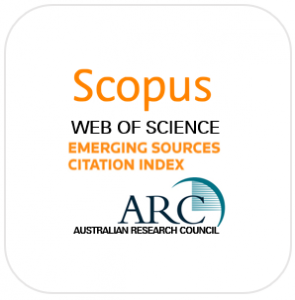Vol. 8, No. 1 (2012): 1–33.
Excerpt
This introductory essay provides a thematic framework for, and critical review of, the key issues and debates in HIV governance as well as its representation in the public sphere in the Chinese context. It discusses the current state and characteristics of the epidemic. In particular, it analyses the evolution of HIV/AIDS governance and its representation through two broad approaches: “AIDS work” and “AIDS talk.” AIDS work is done by a multitude of agents at three different levels: the state at the macro-level; U.N. agencies, INGOs and foreign governments at the meso-level; and civil society at the micro-level. AIDS talk includes “telling AIDS” in Chinese HIV/AIDS media, “recording AIDS” by independent documentary filmmakers, “fighting AIDS” by HIV carriers, and “righting AIDS” by HIV/AIDS activists who are not HIV carriers. From public health campaigns and media education programs in the official media, to individual initiatives asserting rights and community endeavours for self-help—all agents utilise both old and new media and communication technologies to voice their concerns as well as to get their voices heard. This in turn impacts on China’s AIDS work. “AIDS work” and “AIDS talk” illustrate the two interrelated areas of governance and representation in the Chinese HIV/AIDS regime. The present issue brings together original articles from diverse disciplinary areas to engage in a timely dialogue on how HIV/AIDS is represented and governed in China and how such representations and techniques of governance are constructive of the relations of power and agency in the context of HIV/AIDS.
Author’s bio
Haiqing Yu is Senior Lecturer of Chinese media and culture at the University of New South Wales, Australia. She researches Chinese media and cultural studies including emerging media and cultural forms and expressions, and their social, spatial and relational embeddedness. She has published on Chinese new media, journalism, popular religion, HIV/AIDS and popular culture. She is the author of Media and Cultural Transformation in China (2009, Routledge).
Download

